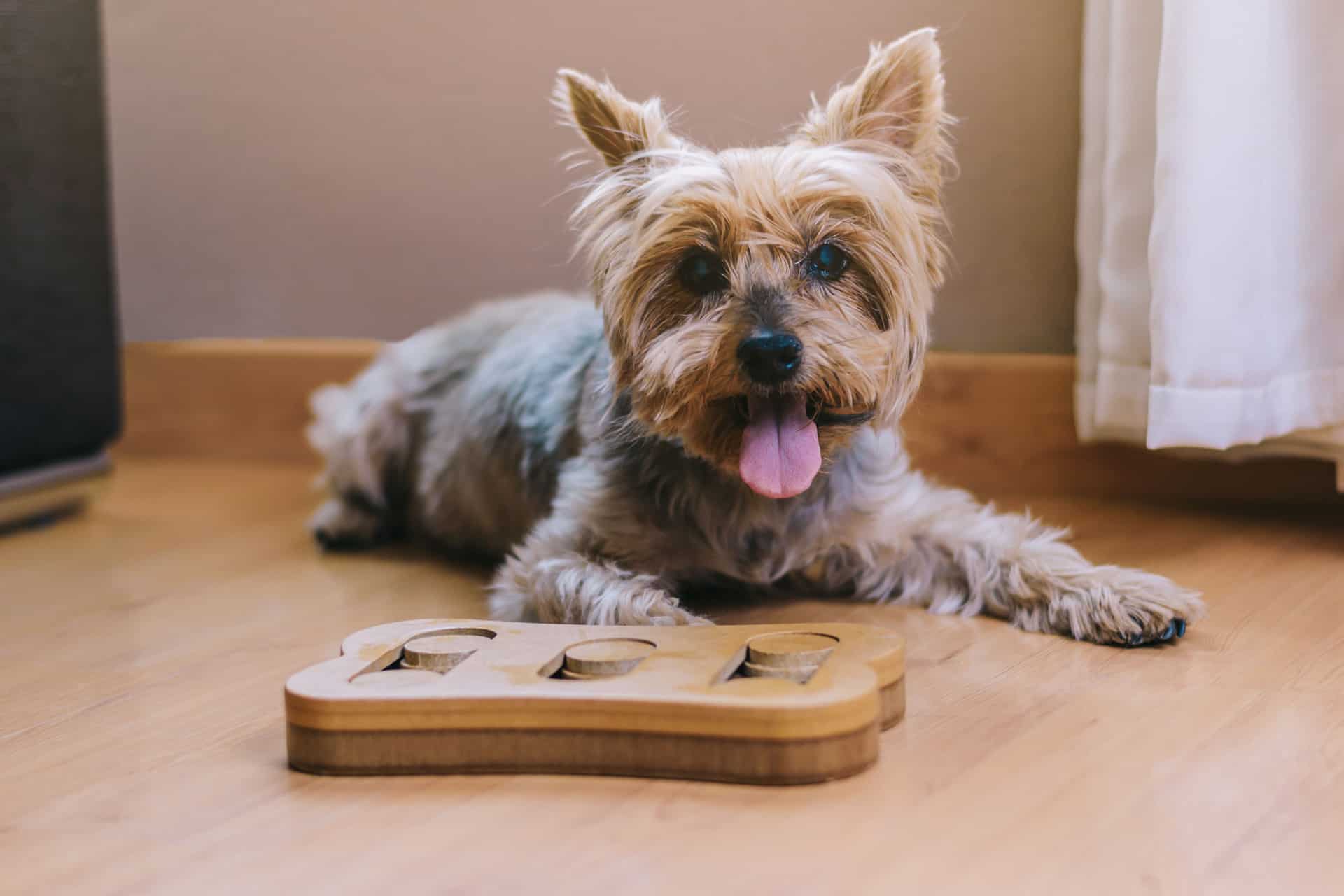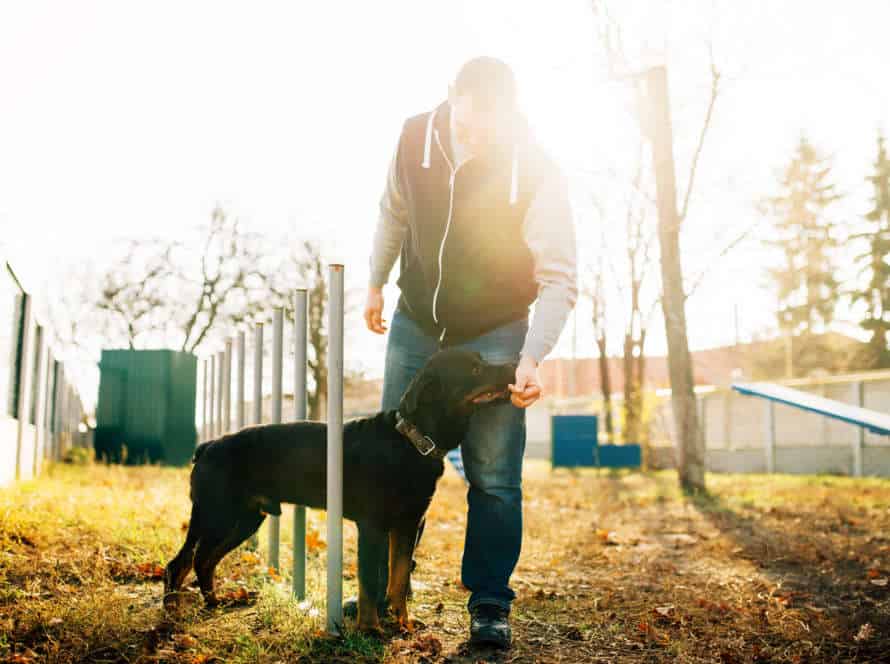Puzzle Play: Combining Mental Stimulation with Physical Activity
Puzzle play is great! It combines mental and physical activity. Here’s why:
- Mental Stimulation: Puzzles help boost problem-solving, reasoning, and cognitive abilities.
- Physical Activity & Coordination: Jigsaw puzzles help improve hand-eye coordination and fine motor skills.
- Social Interaction: Do puzzles with friends and family for a chance to bond and work together.
- Sense of Accomplishment: Finishing puzzles gives a sense of satisfaction.
Pro tip: Set up a puzzle corner at home with a range of puzzles for all levels and keep it fun and challenging!
The Benefits of Puzzle Play
Puzzle play is a fabulous combination of mental stimulation and physical activity. It keeps the mind alert and active, plus it boosts physical development! Problem solving and cognitive skills are also promoted, which makes it perfect for any age. Let’s discover the key advantages of puzzle play!
Boosting cognitive function
Puzzle play is great for your brain! It combines mental & physical activity to make you smarter. Here are the benefits:
- Problem-solving skills get better. Puzzles help break down big problems into smaller parts. This trains the brain to figure out solutions.
- Memory retention is enhanced. Puzzle play strengthens connections between brain cells, aiding memory.
- Stress & anxiety decrease. Puzzle play is calming and relaxing.
- Attention to detail increases. Solving puzzles needs focus and concentration – and boosts cognitive abilities.
Pro Tip: Make puzzles part of your daily routine for a fun way to boost cognitive function.
Increasing problem-solving skills
Puzzles are great for building and honing problem-solving skills! Reducing stress, improving memory and increasing cognitive function are all benefits of playing puzzles. Here’s how puzzle play helps:
- It encourages creativity – puzzles require out-of-the-box thinking.
- Focus levels are improved – puzzles require concentration.
- Memory is enhanced – recalling shapes, colors and sequences.
- Critical thinking is boosted – puzzles get you thinking from different angles.
So, indulging in puzzle play is an amazing way to develop problem-solving skills that will stay with you!
Enhancing memory retention
Puzzles can help boost memory. They give your brain a workout that improves its acuity. Combining mental and physical activity has lots of advantages – especially for older adults.
Memory is improved by solving puzzles – they require remembering shapes, colors and patterns. You also become more creative when working on puzzles – you need to be able to imagine the end result and how to get there.
Stress can also be reduced by focusing on completing a puzzle. To gain these benefits, fit puzzles into your daily life or leisure activities. Crosswords and jigsaw puzzles are great for keeping your mind sharp and having fun at the same time.
The Benefits of Physical Activity
Physical activity can do wonders for your mental and physical health. It can raise your spirits, ease stress and worry, and enhance your overall wellbeing. When it comes to puzzles, the benefits of physical activity are even bigger since your body and mind both get a workout.
Let’s consider the benefits of physical activity when doing puzzles!
Reducing stress and anxiety
Physical activity is a great way to reduce stress and anxiety. It gives both physical and mental benefits. It releases endorphins, which helps lessen stress and anxiety. It can also decrease adrenaline and cortisol levels–which are linked to stress. Plus, regular exercise builds up confidence, improves mood, and combats depression and anxiety.
Puzzle play is an awesome combination of mental stimulation and physical activity. It’s a useful tool in fighting stress and anxiety. Activities like walking, biking, hiking or yoga all require mental effort and movement. By exercising your brain and body at the same time, puzzle play reduces the stress hormone cortisol and produces endorphins–resulting in a feeling of well-being.
Pro tip: Exercise regularly and mix it with puzzle play to improve your confidence and mood. Get better well-being!
Improving cardiovascular health
Improving your heart health can seem intimidating. But, including physical activity in your daily life can help. Combine this physical activity with brain-stimulating puzzles! Here are the great benefits of this combo:
- Stress and anxiety levels decrease, which is great for your heart.
- Blood flow and brain cell activity increase, which results in improved mental abilities.
- Inflammation in your body decreases, reducing your risk of heart disease.
- Mood and self-esteem improve, leading to a more positive outlook.
So, combine physical activity with puzzles to boost your cardiovascular health, while keeping your mind sharp and improving your overall wellbeing. Pro tip: Set aside time each day for both physical activity and mental stimulation for your heart and brain.
Preventing cognitive decline
Physical activity and mental stimulation, through puzzle play, can stop cognitive decline and help brain health.
Activity can create new brain cells and better blood flow to the brain, which can increase cognitive function. Make physical activity a part of your daily routine – like walking or doing yoga – to prevent cognitive decline.
Plus, puzzles give you a fun, mentally stimulating way to keep your brain sharp. Puzzles have been seen to improve cognitive function, memory, reduce stress, and increase creativity. Add physical activity, such as taking a walk, with puzzle play for the best of both worlds.
Pro Tip: Combine a daily puzzle or brain-teaser activity with a brisk walk or light exercise for an enjoyable and useful way to better your brain health.
The Combination of Puzzle Play and Physical Activity
Puzzle play and physical activity are not always seen as one. But mix them together and you get an activity which works the mind and body. This can lead to a better, more balanced lifestyle. It is beneficial for adults and children. Let’s see how you can use puzzles and exercise together for your benefit.
Examples of puzzle toys for dogs that promote physical activity
Puzzle toys are great for stimulating a dog’s mind and getting them moving. Examples include:
- Kong Classic Dog Toy: This toy has a hollow centre with treats inside. It bounces erratically, making it fun to play with.
- Nina Ottosson Dog Tornado Puzzle Toy: Bones can be removed to reveal hidden treats. It encourages mental stimulation and physical activity.
- Outward Hound Hide-A-Squirrel Puzzle Toy: A plush tree trunk with openings hides squeaky toys. Dogs can take out the squirrels and play as they look for rewards.
Puzzle play with physical activity can keep a dog healthy and happy.
Creative puzzle play ideas for kids that encourage physical activity
Combining mental stimulation and physical activity is a great way to keep kids engaged. Here are some creative puzzle play ideas:
- Puzzle Obstacle Course: Create a course with puzzles at stations. Kids do physical activities like jumping jacks or hopping on one foot.
- Puzzle Scavenger Hunt: Hide puzzle pieces around the house or yard. Each piece leads to a physical activity.
- Puzzle Relay Race: Divide kids into teams. They must solve a puzzle, then pass the baton.
Pro Tip: Combining mental and physical helps kids develop better hand-eye coordination, problem-solving and thinking skills. Plus, they stay active!
Unique puzzle games for adults that combine mental stimulation and physical activity
Puzzle games are great for keeping your brain active and improving focus. But, if you add physical activity, it takes it to the next level! Here are some unique puzzle games for adults that incorporate both mental and physical effort:
- Jigsaw puzzles – Take it outside! Or, make a giant one in your yard or driveway. Standing and bending to find the right pieces is a physical challenge.
- Escape room – Locked in a room, players must solve puzzles to escape. This game needs both brainpower and agility.
- Treasure hunt – Include puzzles that require physical activity like climbing stairs or lifting objects. The physical challenge boosts blood flow to your brain and aids cognitive function.
- Scavenger hunt – Puzzles and riddles make scavenger hunts a great way to get adults moving and thinking creatively.
Both physical and mental health improve when combining mental stimulation with physical activity. Pro tip: Make an obstacle course with puzzles and riddles for a fun physical play experience!
How to Incorporate Puzzle Play and Physical Activity Into Your Daily Routine
Puzzle play is a fun way to use both your brain and body! It helps with cognitive development, problem solving and physical coordination. To get the most out of it, try to mix puzzle play with physical activity. In this article, we’ll explain how you can do that in your daily routine.
Creating a puzzle play and physical activity schedule
Let’s get creative with our puzzle play and physical activity! Set aside a little bit of time each day, and choose different puzzles and activities that are both mentally stimulating and physically active. Mix up the difficulty level and type of puzzle or activity from day to day.
Design your own obstacle course and scavenger hunt. Get everyone in your family involved to make it a fun bonding experience.
Pro tip: Have a designated play area with puzzles and physical activity gear so you can easily stick to your schedule.
Finding community resources for puzzle play and physical activity
Discovering local resources for physical activity and puzzle play is a great way to add these activities to your daily routine and build a sense of community with like-minded people. Here are some of your options:
- Libraries: Many libraries have puzzle swaps and clubs where you can meet other puzzle fans and exchange puzzles.
- Community Centers: See what your local community center has to offer, like fitness classes, open gym time and sports teams.
- Meetup Groups: Join a nearby Meetup group that focuses on puzzles or physical activity, like hiking, running or yoga.
- Online Forums: Find online forums about puzzles or physical activity to join and connect with others who share your interests.
By taking advantage of local resources, you can stay motivated, meet new people and get the most out of puzzles and physical activity in your daily routine.
Pro-tip: For the best mental and physical health, aim for a balance of puzzles, physical activity and socializing.
Tips for staying motivated to incorporate puzzle play and physical activity into your lifestyle
To keep your mind sharp and body active, work puzzle play and physical activity into your daily routine. But, motivation can be hard to come by. Here are some tips to help:
- Set Realistic Goals: Start small then increase the time spent on puzzle play and physical activity each day. This will stop you from burning out and keep you motivated.
- Find an Accountability Partner: Having someone to share your progress with can be a huge motivator. Find a friend, family member, or coworker who likes puzzles and physical activity. Check in with each other often!
- Mix it Up: Doing the same activity every day can become boring. Switch it up by trying new puzzles and physical activities. This will make it more fun.
- Reward Yourself: Set up a reward system to incentivize yourself. When you meet a goal, treat yourself to something nice, like a meal or a new puzzle book.
Pro Tip: Puzzle play and physical activity don’t have to be a chore. Find activities you enjoy and focus on the way they make you feel. Making it a habit will come naturally.
Frequently Asked Questions
Q: What is puzzle play and how does it combine mental stimulation and physical activity?
A: Puzzle play involves combining physical activity with mental challenges, such as solving riddles or completing a jigsaw puzzle. This combination helps to engage both the mind and body, promoting overall health and well-being.
Q: What are some examples of puzzle play activities?
A: Some examples of puzzle play activities include scavenger hunts, escape rooms, crossword puzzles, and physical puzzles such as obstacle courses.
Q: What are the benefits of puzzle play for children?
A: Puzzle play can improve children’s problem-solving skills, cognitive function, and physical fitness. It also encourages creativity and teamwork.
Q: Can puzzle play be helpful for adults as well?
A: Yes, puzzle play can be especially beneficial for adults who are looking to improve their cognitive function and physical health. It can also be a fun way to socialize and relieve stress.
Q: What are some tips for incorporating puzzle play into daily life?
A: Some tips for incorporating puzzle play into daily life include setting aside dedicated puzzle play time, choosing activities that are enjoyable and challenging, and incorporating puzzle play into group activities with friends or family.
Q: Are there any precautions to take when engaging in puzzle play?
A: It’s important to choose activities that are appropriate for your physical abilities and to engage in puzzle play in a safe environment. Always be aware of your surroundings and take breaks as needed.







